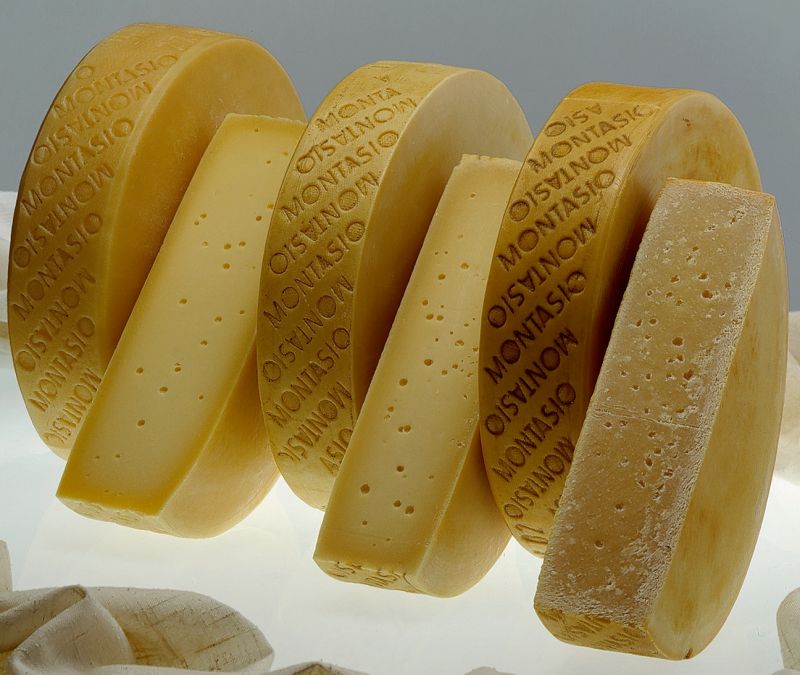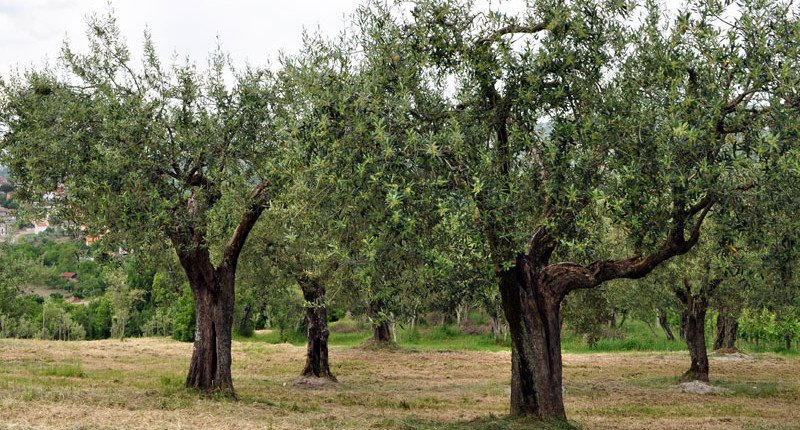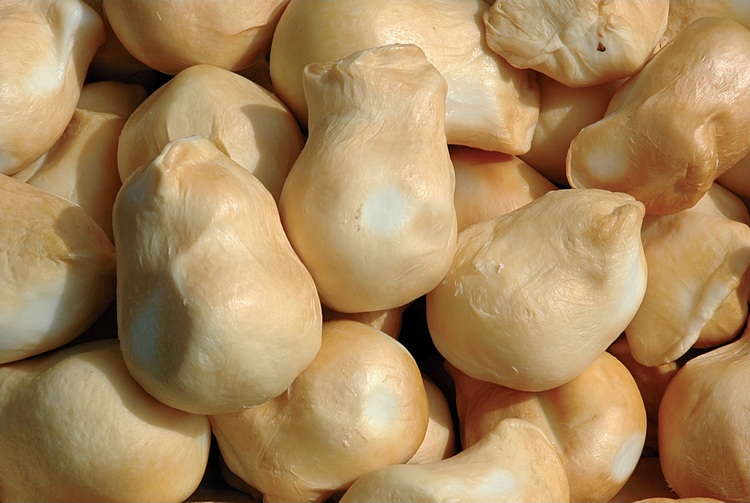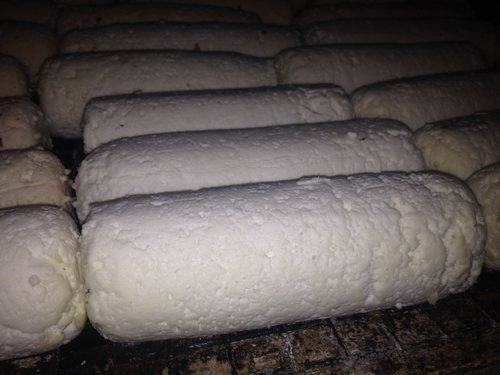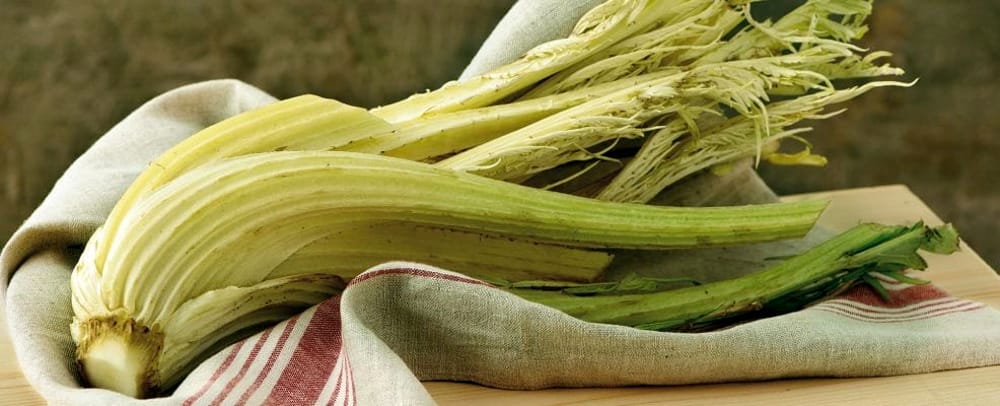It is a hard, cooked cow’s milk cheese of ancient make-the earliest traces date back to the 13th century-that borrows its name from that of its oldest production area, the Montasio Plateau. Today Montasio is also produced in some hilly and flat areas of Friuli-Venezia Giulia and Veneto. It is made by processing whole or partially skimmed milk, which is curdled with the addition of calf rennet. Following the breaking into small grains, the curd is cooked at a temperature of about 45°C, set to drain in fascere and pressed. After salting, which can be done completely dry or with a passage in brine baths, the cheeses are sent to ripening. According to the degree of maturation, three varieties are distinguished: fresh, mezzano and stagionato or stravecchio. The former ages from two to five months, the latter from five to ten months, while the third ages for more than ten months. As the ripening period progresses, the flavor intensifies from delicate to savory and aromatic; the rind thickens and hardens; the paste turns from white to straw-colored and then yellow; and the texture, at first compact and elastic, becomes crumbly and grainy. It is marketed in 5-9 kilogram wheels.
